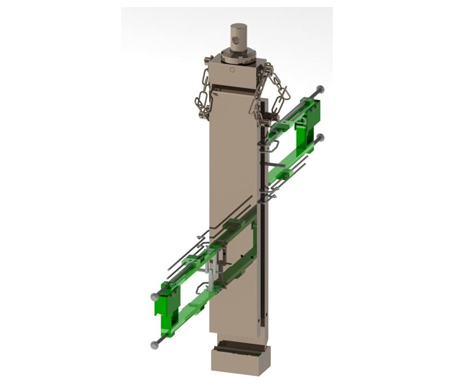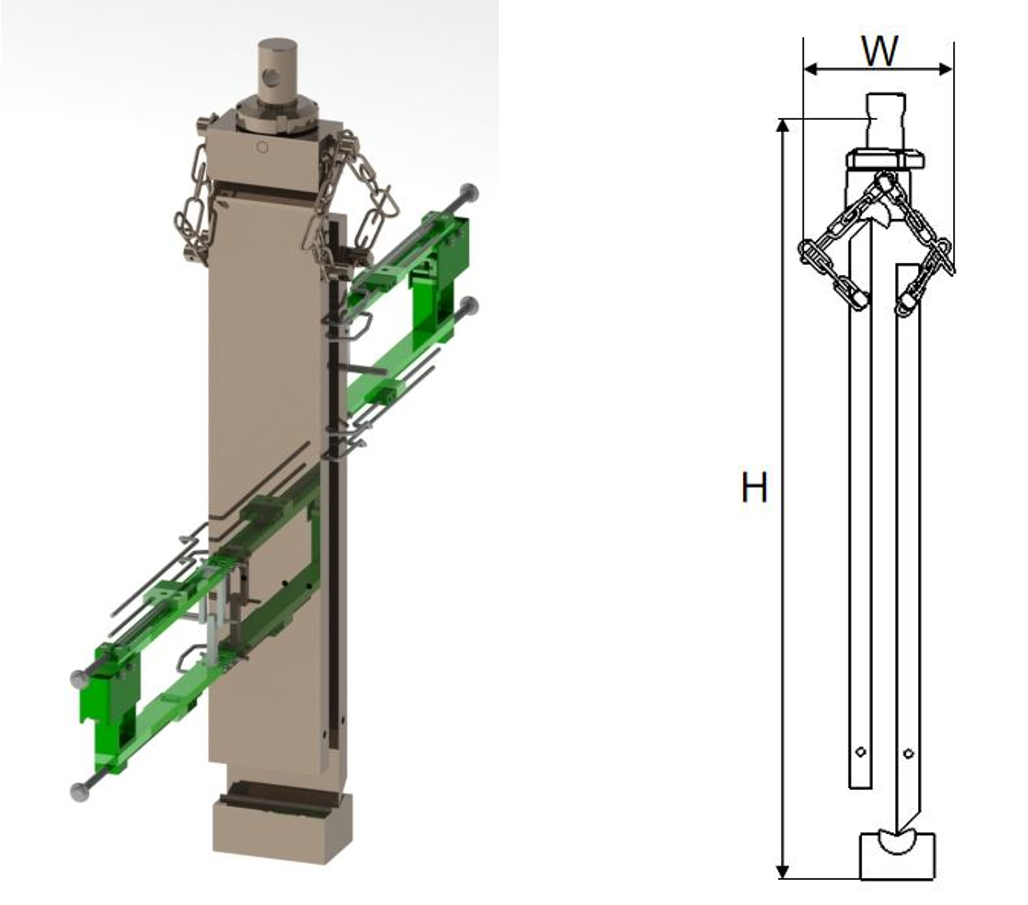
+86 755 23057280
English

+86 755 23057280
English


Standard Test Method for Shear Properties of Sandwich Core Materials
Significance and Use
5.1 The core shear properties are fundamental properties that are used in the design of sandwich panels. This test method provides information on the force-deflection behavior of sandwich constructions or cores when loaded in shear parallel to the plane of the facings. From a complete force-deflection curve, it is possible to compute core shear stress at any force (such as the shear stress at proportional limit, at yield, or at maximum force) and to compute an effective core shear modulus.
5.2 The test does not produce pure shear, but the specimen length is prescribed so that secondary stresses have a minimum effect. Approximate shear properties can also be obtained from a sandwich flexure test (see Test Method C393).
5.3 This test method provides a standard method of obtaining sandwich core shear data for material specifications, sandwich panel design, research and development applications, and quality assurance.
5.4 Factors that influence core shear strength and shall therefore be reported include the following: facing material, core material, adhesive material, methods of material fabrication, core geometry (density, cell size, orientation, and so forth), adhesive thickness, specimen geometry and associated measurement accuracy, specimen preparation, specimen conditioning, environment of testing, specimen alignment, loading procedure, speed of testing, and adhesive void content. Further, core-to-facing strength may be different between precured/bonded and co-cured facings in sandwich panels with the same core and facing material.
Scope
1.1 This test method covers the determination of shear properties of sandwich construction core materials associated with shear distortion of planes parallel to the facings. It covers the determination of shear strength parallel to the plane of the sandwich, and the shear modulus associated with strains in a plane normal to the facings. The test may be conducted on core materials bonded directly to the loading plates or the sandwich facings bonded to the plates. Permissible core material forms include those with continuous bonding surfaces (such as balsa wood and foams) as well as those with discontinuous bonding surfaces (such as honeycomb).
1.2 Units—The values stated in either SI units or inch-pound units are to be regarded separately as standard. The values stated in each system are not necessarily exact equivalents; therefore, to ensure conformance with the standard, each system shall be used independently of the other, and values from the two systems shall not be combined.
1.2.1 Within the text, the inch-pound units are shown in brackets.
1.3 This standard does not purport to address all of the safety concerns, if any, associated with its use. It is the responsibility of the user of this standard to establish appropriate safety, health, and environmental practices and determine the applicability of regulatory limitations prior to use.
1.4 This international standard was developed in accordance with internationally recognized principles on standardization established in the Decision on Principles for the Development of International Standards, Guides and Recommendations issued by the World Trade Organization Technical Barriers to Trade (TBT) Committee.
Specifications:
Application | Test for shear properties of sandwich core materials |
Maximum force | 10 kN |
Test standards | ASTM C273 |
Connection | |
Upper grip | Φ10 mm pin |
Lower grip | Φ10 mm pin |
Height (H) | 413 mm |
Grip body width (W) | 77 mm |
Working temperature | 0℃ ~ 40℃ |
Grip weight | 5 kg |

Dear customers, please send your comments and suggestions to us via the following form. We will contact you as soon as possible.

Scan and follow us
Copyright @Shenzhen Wance Testing Machine Co., Ltd.
All Rights Reserved Design by:zuoan.com.cn